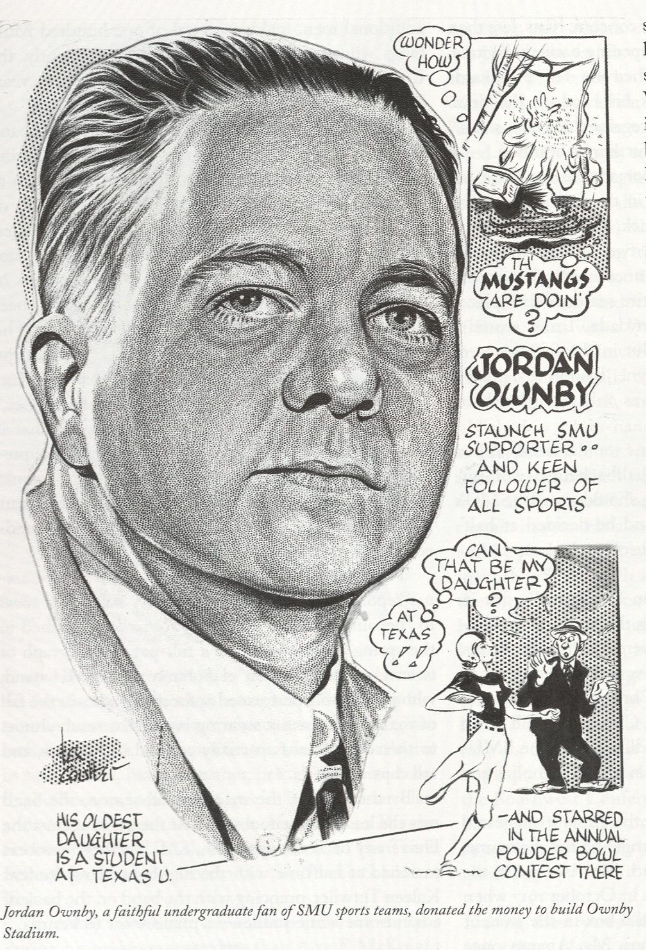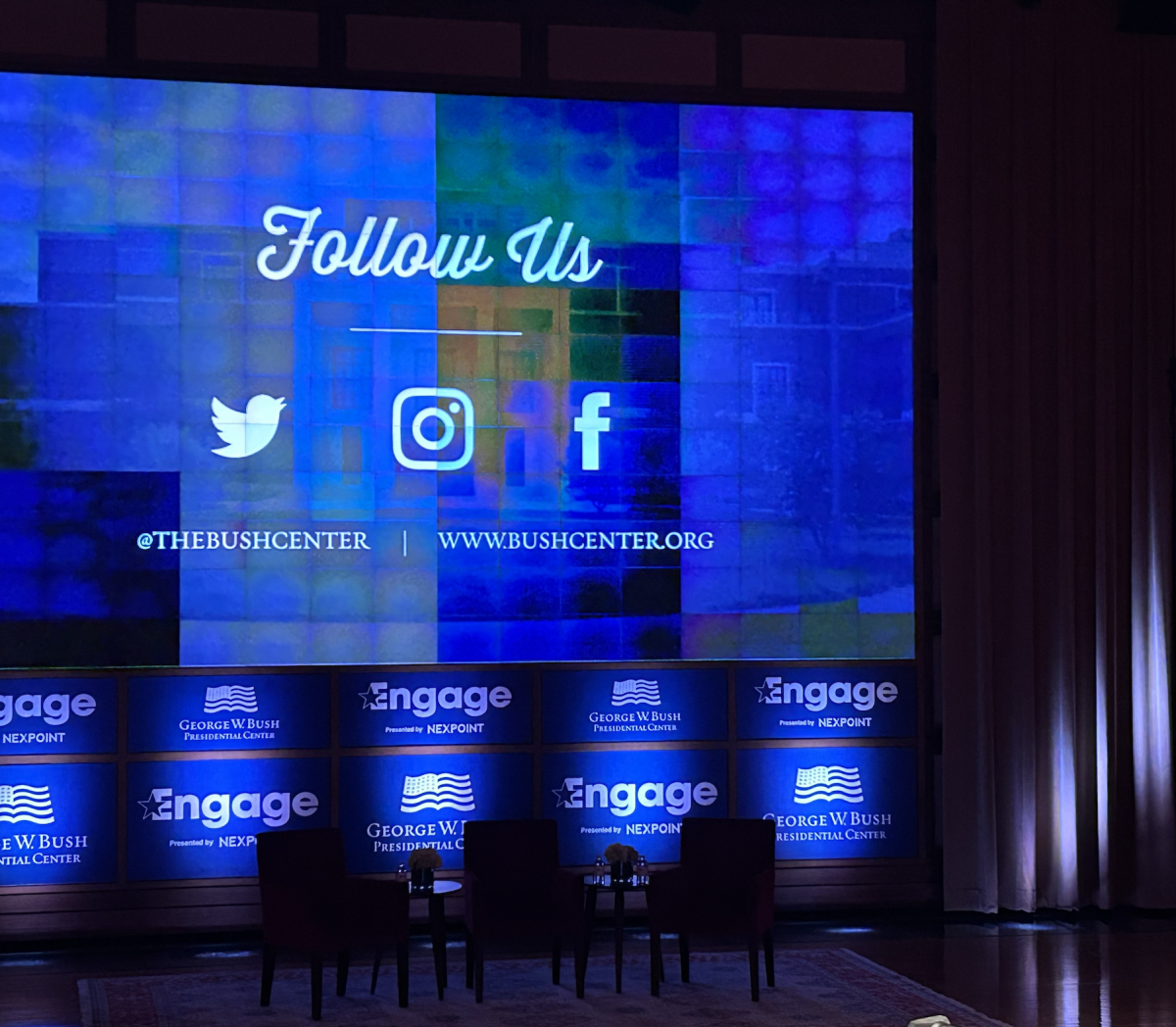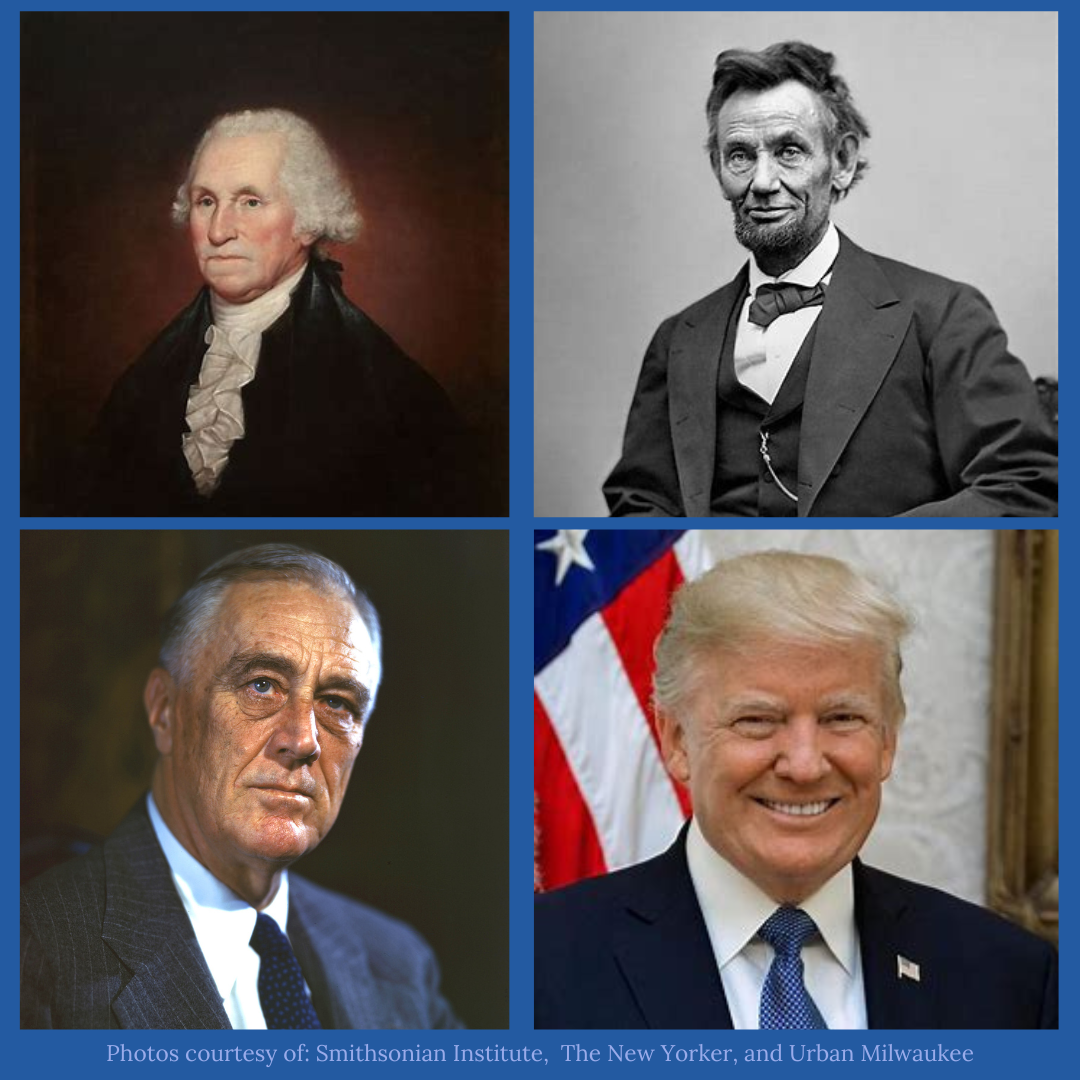Many casual conversations with an Indian in a Western country would eventually spiral into that infamous topic of interest about the Indian society: arranged marriages. I have had the opportunity to explain and sometimes even defend it to so many people I have met in the U.S. Many would even ask me if it is indeed real, and they had all the while thought that it was a myth. Thus, here is a definitive account of what really happens.
When the son or daughter of a family reaches marriageable age, which varies among communities, the parents decide that it is now time to get them “settled.” They are presented with photographs and profiles of prospective brides/grooms. The son/daughter selects out of the options they favor, and consequently, a meeting of the families is arranged.
In most cases, the groom’s family visits the prospective bride’s home to meet the parents, who have a say in the selection process. The families exchange pleasantries cordially for a while, and presently, the prospective bride would appear with a tray of hot beverages and snacks.
All eyes fall now on her, as she carefully hands out cups to each individual, including the prospective future husband, trying to be at her elegant best. The groom and his family at that moment take a good look at her, and ascertains that she is of the correct looks and proportions that they would like a daughter-in-law to be. The groom is then encouraged to talk to the bride for a while and they “get to know each other.”
In many instances, this would be the final call for the groom and bride to confirm the alliance or not. This sequence has many variations of course. But this is a very popular traditional template many families follow.
It is easy to imagine that before the advent of technology, this would have been the first and sometimes the only time the prospective couple could talk to each other before they were married. Of course, with social networking and a more modern outlook, many betrothed couples meet, talk and get to know each other much better before they finally marry.
Although I made it sound jocose and slightly mawkish, this isn’t necessarily so. The fact remains that the divorce rates or the happiness index in arranged marriages are not any less or more than non-arranged marriage systems of the West. This is because of two major reasons. First, arranged marriages are processed from outside-in. Meaning, that all other things around the couple in question are already put into place: families already get along well, the process makes sure that they are of an equivalent financial and social strata. So then, it boils down to the individuals to finally like each other or not.
Second, and more importantly, people get into an arranged marriage with a mindset to adapt to the other person. They meet as perfect strangers, and most remain largely strangers even when they marry. So each individual is willing to be curious and respect the other person’s ways of life and adapt and adjust without thinking there is an option not to do so. This is crucial in any marriage, and is perfectly played in an arranged marriage.
I have known too many individuals who fell madly in love with each other after their parents arranged their marriage. And although this system may not be perfect, it definitely works: It has worked for centuries in India.
Sunil is a graduate student in the Lyle School of Engineering.












